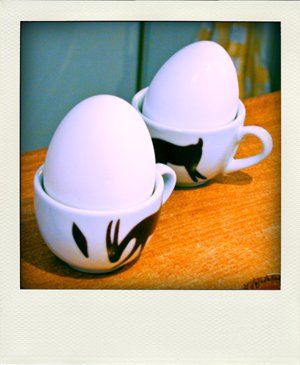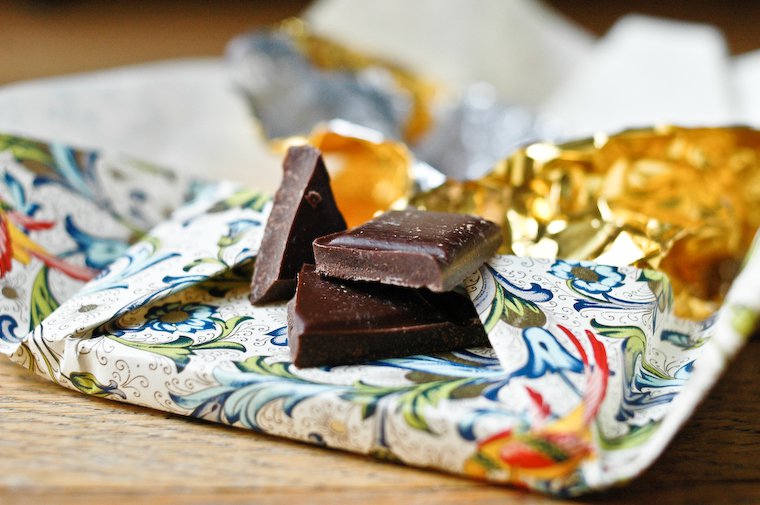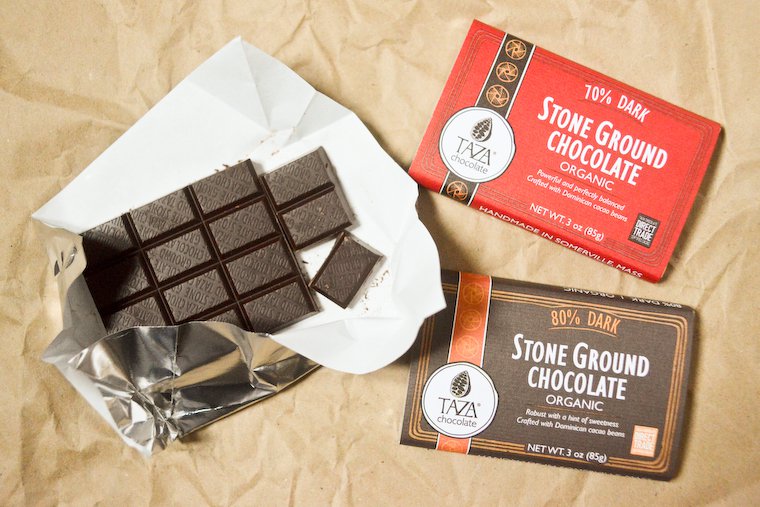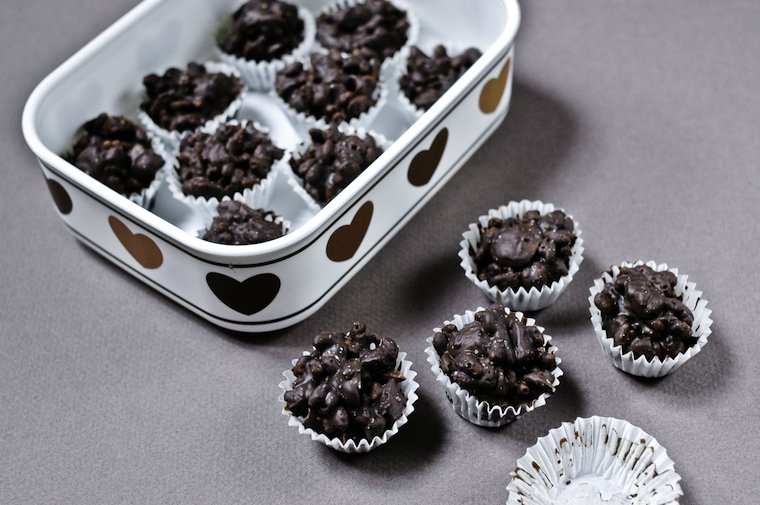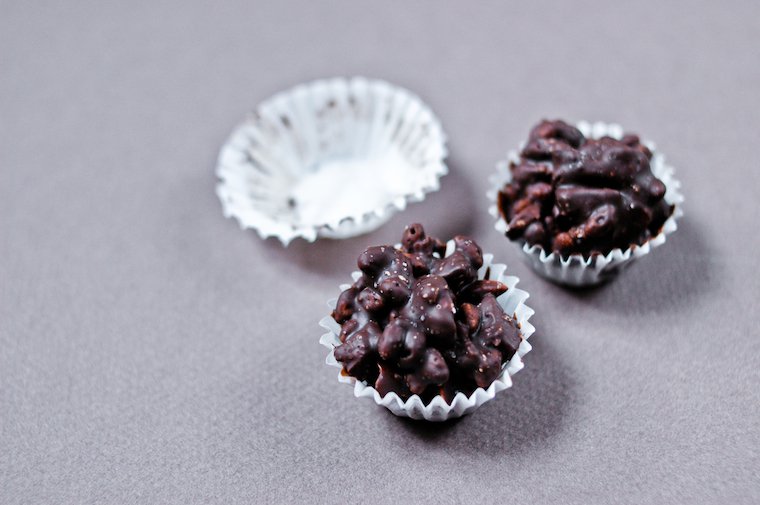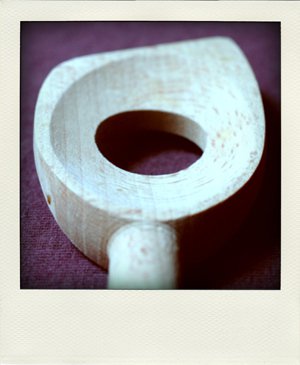To celebrate Easter this weekend, I made hot cross buns, the brioche-like spiced loaves the British bake and serve on Good Friday*. I have made them on previous occasions, but instead of following the recipe I used last time, I decided to take a leaf from Dan Lepard‘s book.
I loosely followed the process he describes — the overnight fermentation in the fridge, in particular — but converted the recipe to use my sourdough starter, though the recipe below gives instructions both with and without a starter.
The classic hot cross bun is studded with raisins or currants, and sometimes candied citrus peel, but I had an entirely different picture in my mind: this year, I wanted to make them with white chocolate, pistachios, and dates.
And because I’m trying to clear out my fridge before Maxence and I leave for Japan later this week, I also modified the recipe to incorporate a half-tub of crème fraîche that needed using: various French brioche recipes call for it, and here it came to replace all of the butter and part of the milk, a substitution that brings a bit more tang and fluff to the crumb. I also lowered the amount of sweetener used in the dough itself, to account for the nontraditional filling I’d plotted.
You see, the classic hot cross bun is studded with raisins or currants, and sometimes candied citrus peel, but I had an entirely different picture in my mind: this year, I wanted to make hot cross buns garnished with white chocolate, pistachios, and dates.
The white chocolate and pistachio combo is inspired by little brioches I’ve seen sold at Eric Kayser’s bakery, and I added some diced date paste because I had some on hand, and I knew it would make for a harmonious trio.
I’m ordinarily not a fan of white chocolate: I find it terribly two-dimensional from a gustatory standpoint so I would never just eat it on its own, but I’m open to using it as an ingredient to make other things, especially if it makes a certain someone happy.
My remarkable selflessness was rewarded; it worked fantastically well. I’d expected the white chocolate to remain detectable as chunks in the finished buns, like bittersweet chocolate would, but what happened was a lot better: the white chocolate dissolved into the dough as it baked and candied at the edges, providing little jolts of lightly caramelized sweetness throughout the buns.
If you remember my previous post on the subject, I’d had trouble creating the cross that give these buns their name: though some bakers opt for a cross made of frosting or marzipan, I remain convinced that a hot cross bun needs to be toaster-proof, so a flour/water paste is the only way to go. But I wasn’t sure then what the consistency should be, and I ended up with strips of dough too firm to be pleasant.
I had better success this time: I made a thinner mixture of flour and water that I piped using a paper cornet — a simple piping bag that is folded from a triangle of parchment paper, and a handy tool to decorate cakes, breads, and plates. Those crosses melded nicely with the top of the buns so as to remain decorative without getting in the way of the buns’ softness.
Once the buns were baked, I brushed them with the easy sugar glaze Dan suggested, and this makes all the difference in terms of looks (shiny bun!), texture (sticky bun!) and flavor (sweet bun!).
We enjoyed our first taste fresh from the oven, and loved them immediately. After that, hot cross buns are traditionally split in two horizontally, toasted, and spread with butter or jam. I think this version is sweet enough that adding jam is gilding the lily, and I actually skip the butter as well, but I’ll let you decide what you do with your buns.
And of course, while these are typically an Easter-time treat, the 1592 decree that forbid their sale outside of Good Friday, Christmas, and burial days has long been repealed, so you’re free to use the recipe at other times of year, perhaps changing the cross symbol into another decoration to suit the occasion.
* To learn more about the origins of this culinary tradition, see this collection of excerpts from the invaluable Food Timeline website.



